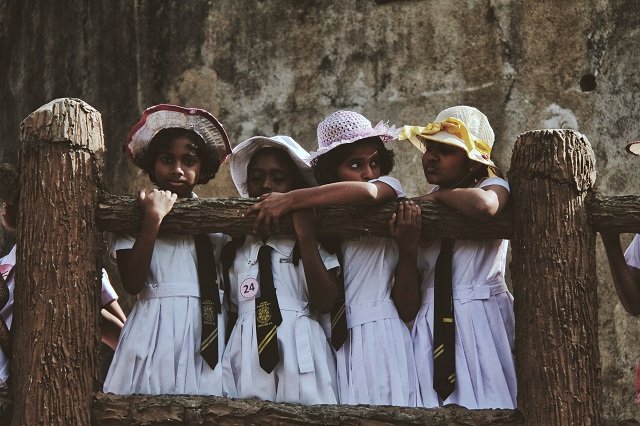In the aftermath of a relentless war, Ukraine stands shattered, seeking international aid for its reconstruction. As the conflict persists, the world faces a dilemma between supporting Ukraine and the looming threat of a nuclear confrontation. Discover the challenges, dilemmas, and hopes in Ukraine's journey to rebuild amidst unprecedented destruction.
by Victor Cherubim
Imagine the aftermath of the war in Ukraine, a country worn out by destruction and in need of reconstruction. On the 483rd day of the conflict, on June 21, 2023, the West and the World Bank propose a package to incentivize private sector involvement in Ukraine’s recovery. However, the scale of reconstruction seems unimaginable given the extensive devastation.
Recently, a two-day Ukrainian Recovery Conference took place in London, with leaders from over 60 nations gathering to discuss a £240 million ($360 million) aid and loans package aimed at supporting Ukraine. This conference follows the inaugural Aid Conference held in Lugano, Switzerland, in July 2021.
 |
| [Photo: Special Arrangement] |
Ukraine is seeking a fund of up to $40 billion, comparable to a Marshall Plan, to rebuild its economy. Yet, estimates suggest that the cost to rebuild the country after the first year of war alone could be as high as $411 billion, or even surpass $1 trillion according to the World Bank, in order to restore it to its previous state. The recovery efforts go beyond construction and reconstruction; they encompass a global project of protection.
Amidst the ongoing war, Ukraine wonders if a loan guarantee of $3 billion over the next three years will suffice to support its economy. However, the conflict in Ukraine has put the world in a dilemma, torn between supporting Ukraine and safeguarding their own nations and people. Russia’s actions have made this choice seemingly impossible. President Biden, once considering NATO membership for Ukraine, appears to have second thoughts about it in the near future. The UK and the EU contemplate, without openly stating, the idea of “War Risk Insurance” to de-risk Ukraine, provide investor confidence, and offer guarantees for reconstruction projects. But what can the world do while the war persists?
Meanwhile, Ukraine continues to defend its eastern flank, engaging in heavy fighting in the Donetsk region and Southern Ukraine against the Russian advance. Russian Defense Minister Sergei Shoigu warns that the potential use of US-supplied Himars and UK-supplied Storm Shadow missiles against targets in Crimea would mark the West’s full involvement in the conflict.
The threat of nuclear weapons looms large, instilling fear in both sides. Russian military analysts recognize the suicidal nature of their use but highlight the possibility of human or machine error as an excuse.
Regarding military aid, the West, particularly NATO, has mostly supplied Ukraine with outdated and surplus tanks and military equipment. Although the West has provided training in modern weaponry, mastering the complexities of modern warfare takes time. The assistance offered by the West thus far has been temporary, with the hope that Ukrainian ingenuity and unwavering determination to defend their homeland will hold on.
The West’s stance seems to have evolved from a mere statement to a more serious and pragmatic approach. The potential for a nuclear confrontation with Russia is now seen as a distinct possibility or even a probability. NATO Secretary General Jens Stoltenberg emphasizes that the Alliance cannot allow the war in Ukraine to remain frozen, as it would enable Moscow to dictate the terms of any potential agreement.
As the war persists, the question remains: deal or no deal, the conflict continues without relent.















Post a Comment